We’ve put together a quick guide to help keep your car in tip top shape. The great thing is that you can do many of these on your own to save on costs. If you are feeling intimidated by any of this, so many folks have posted video tutorials so you can see what you would get yourself into. Many times, it is much easier than expected and one less trip to the service center. Trust us, you will thank us down the road (no pun intended!).
1. Check and Change the Oil Regularly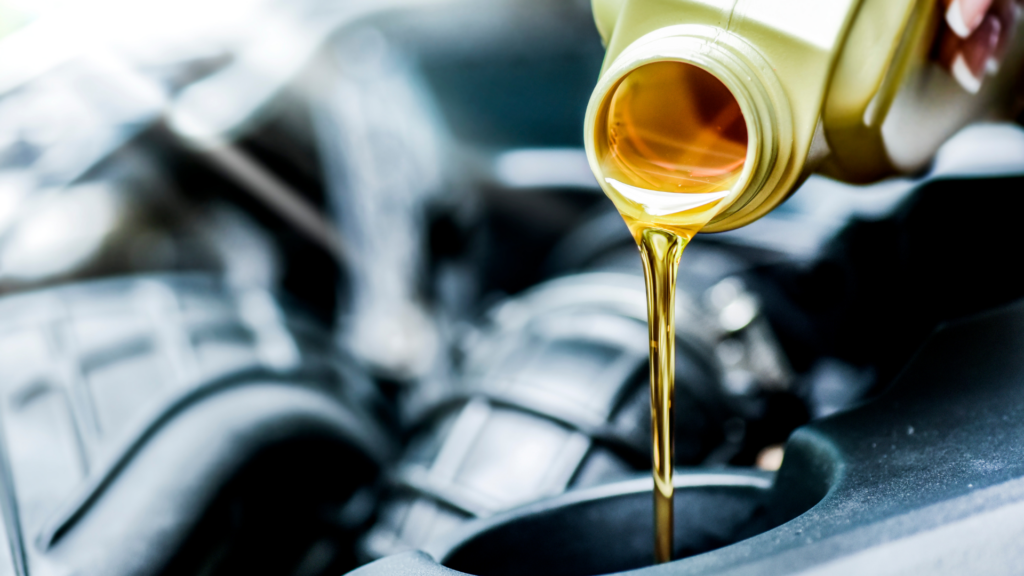
Do Oil Changes Really Matter?
This is a resounding yes! Oil is the lifeblood of the engine and keeps everything running smoothly. With so many moving parts in an engine, fresh oil keeps all the components lubricated and working well together. Like with just about everything else, oil breaks down over time and sometimes gets contaminated with dirt or other debris from the engine. Older oil can lead to engine wear and tear so skipping oil changes will reduce engine performance and can lead to permanent damage – an expensive fix.
How often should you change the oil?
Manufacturers provide a recommendation on the specific type of oil to use and the associated interval. Many recommend changing conventional oil for every 3,000 to 5,000 miles and others may provide an option for synthetic oil every 7,500 to 10,000 miles. For many higher end foreign cars and those with high performance engines, they normally recommend only synthetic oil at the typical 7,500 to 10,000 intervals. Your best bet is to refer to your car’s scheduled maintenance first and then consult with independent mechanics and online forums to determine what is best for your car and driving habits.
How to easily check your oil
Checking your oil is one of the easiest car maintenance items. There are a few steps that take less than a minute and are super easy even on the first try. All you need to do is pop the hood, pull out the oil dipstick, wipe it clean with an old rag, put it back in, and pull it back out again. If you see that the oil is relatively dark, you should probably get an oil change. If the level is low, just add more and recheck
2. Keep Tires in Good Condition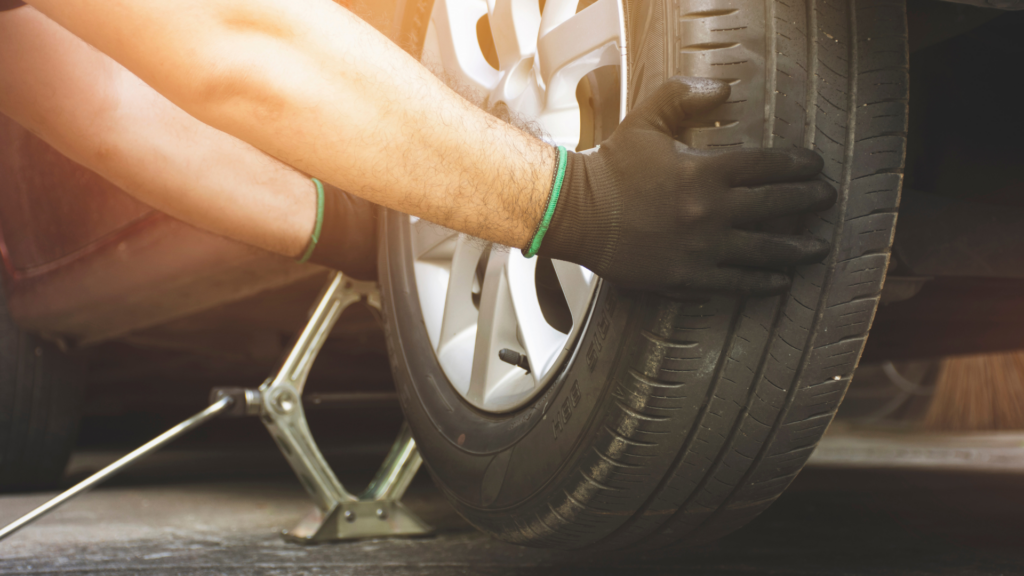
Proper tire pressure
Keeping an eye on your tire pressure doesn’t take long to check and is easy to maintain. Correct tire pressure improves MPG, ensures a smooth ride, and reduces wear and tear. These days, many cars display tire pressure on the car dashboard and specify which wheel is low on air. To understand the optimal tire pressure for your car, it’s best to check the sticker on the driver’s door well. It will show maximum pressures for both the front and rear specific to your vehicle.
Tip: Invest in a portable air inflator
We recommend you invest in a portable air inflator, so you don’t have to head to the gas station when you need more air. It’s also handy to be able to fill up your tires in case of an emergency. In fact, many portable air inflators allow you to set the tire pressure digitally and will turn off automatically once the desired pressure is reached. This is another quick and easy way to enhance your driving experience.
Rotating and Aligning Tires
Rotating your tires every 5,000 to 7,500 miles ensures even wear and extends their lifespan. Wheel alignment is also crucial – it prevents your car from pulling to one side and helps tires wear evenly.
Inspect for Damage
Regularly check your tires for punctures, cracks, or uneven wear. If you notice low tread depth or bulges, it’s time for a replacement. Driving with damaged tires can increase the risk of accidents so definitely get them replaced as soon as possible.
3. Maintain the Battery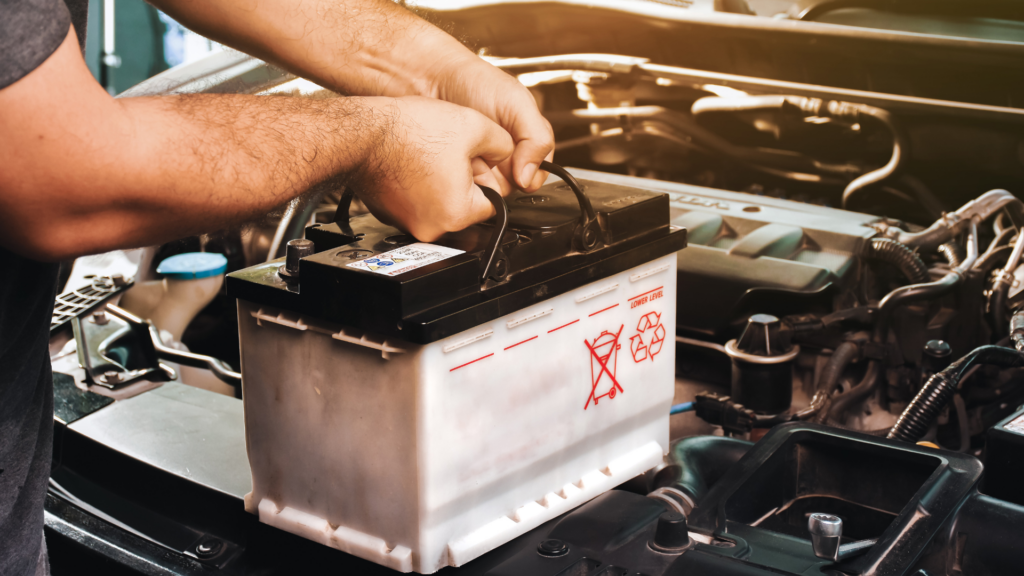
Preventing a Dead Battery
Getting your car going starts with the battery. I am sure you have heard horror stories from friends about being stranded with a dead car battery without any real indication that it was about to fail. There are many factors that contribute to battery degradation including cold temperatures, infrequent use, corrosion, and normal wear and tear. Here are some quick things you can do to prevent an unexpected surprise.
Testing and Charging
Testing the battery’s voltage is the best way to figure out if it may leave you stranded somewhere. You can get a basic multimeter online for not much money and it will pay dividends for your car’s battery and other home electrical use. Typical healthy batteries are around 12.6 volts when the car is off and about 13.7 to 14.7 volts when running. If your battery is below these levels, you should consider recharging it or replacing it if it is several years old already.
Cleaning the Battery Terminals
Corrosion can build up on battery terminals and create poor energy flow to the engine. Clean the, is quick and easy with a baking soda and water mixture with a wire brush. While this may seem a bit strange, lubricating the terminals with petroleum jelly can also help prevent future corrosion.
4. Replace Filters Regularly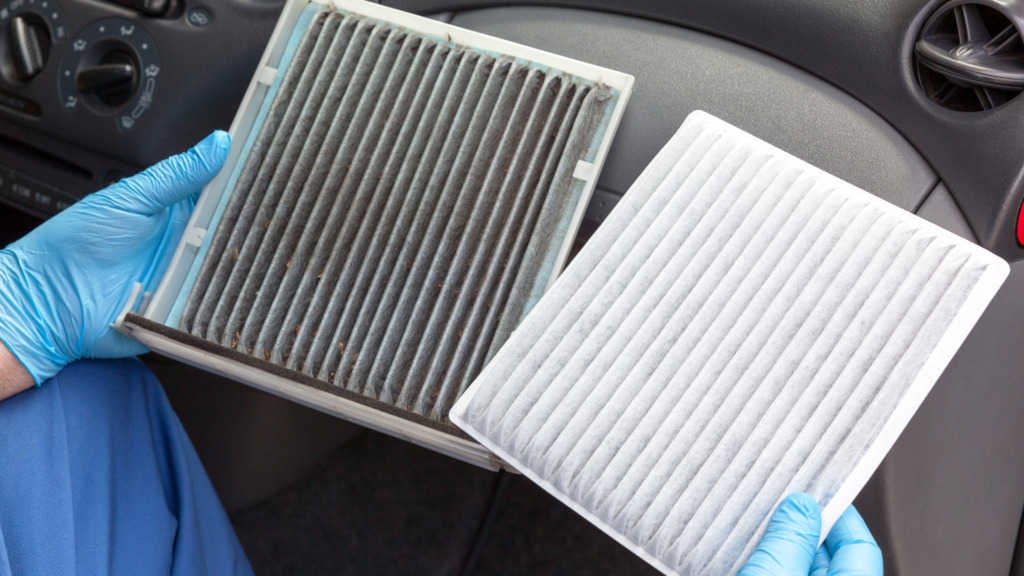
Air and Cabin Filters
Your car has multiple filters including the engine air filter and the cabin air filter. These are usually an easy swap and especially the cabin air filter which is normally inside the car. A clogged engine air filter can reduce fuel efficiency and performance, while a dirty cabin filter can affect air quality inside the vehicle.
Fuel Filter
The fuel filter prevents dirt and debris from reaching your engine. A clogged filter can make your driving experience difficult with poor power, engine knocking, and even stalls. This one is more often best left to the pros, but there are tons of videos out there if you want to give it a go yourself.
Checking and Replacing
Most air filters are easy to check by simply removing the filter and holding it up to a light source. If it’s dark and clogged, it’s time for a replacement. Cabin and fuel filters should also be replaced per the manufacturer’s recommendations.
5. Monitor Other Fluid Levels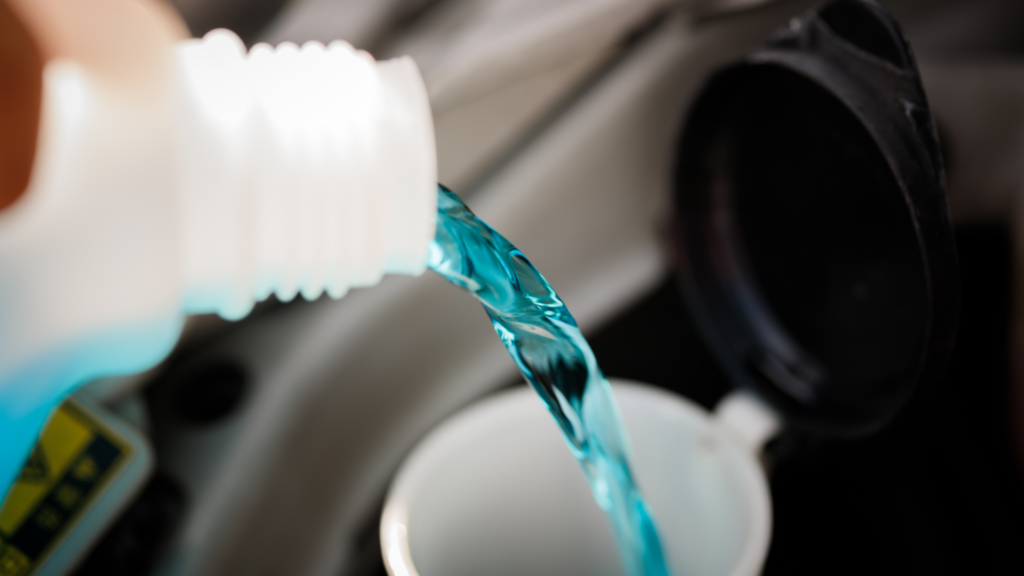
Essential Car Fluids
Your car also needs other fluids to keep things running smoothly. Some of the most important ones include:
Brake Fluid: This one directly affects safety by ensuring responsive braking.
Coolant (Antifreeze): Prevents overheating and engine corrosion.
Transmission Fluid: Lubricates and cools transmission components.
Power Steering Fluid: Assists in smooth (and easier) steering.
Windshield Washer Fluid: This is the one that we all use actively and know how annoying it is when a big bug hits the windshield, and we run out of it.
How to Check and Top Off Fluids
Checking fluid levels is easy and just like checking the oil level. Just use the dipstick when present or check the reservoir indicators. If the levels are low, just top them off and make sure to use the manufacturer’s recommended products. If you see any leaks, get them checked quickly because they could indicate much bigger (and more costly) issues.
Flushing and Replacing
Some fluids, like coolant and transmission fluid, need to be flushed and replaced periodically. Follow your owner’s manual for guidelines on when to perform these maintenance tasks or just leave these larger jobs to the pros.
6. Inspect Brakes Regularly
Tell-Tale Signs of Brake Problems
Some warning of brake issues that you should not ignore include:
Squeaking or grinding noises: indicate worn out brake pads which will increase stopping distance and will damage rotors which are much more expensive to replace.
Vibrations while braking: A major sign that rotors need to be replaced and vibrations in the steering wheel typically point to the front rotors. Like brake pads, rotors are a must have so they can sometimes be smoothed out to delay replacement.
Soft or spongy brake pedal: This likely means there is air in the brake lines or other fluid issues.
Checking Brake Pads and Rotors
Brake pads wear down over time and need replacement. Most pads have a wear indicator that makes a squealing sound when they are close to needing replacement so definitely stay aware. Using pads past their wear indicators can lead to damaged rotors and get expensive to repair or replace.
Professional Brake Service
If you notice any braking issues, it’s best to have them inspected by a professional mechanic. Most offer free inspections. Brakes are safety-related so don’t put it off
7. Keep Up with Scheduled Maintenance
Follow Manufacturer’s Guidelines
Your vehicle’s owner’s manual includes a maintenance schedule detailing when to service key components. Sticking to this schedule helps prevent breakdowns and costly repairs.
Common Maintenance Tasks
Some routine maintenance tasks include:
- Timing belt/chain replacement
- Spark plug replacement
- Suspension checks
- Wheel alignment
Finding a Trusted Mechanic
Regular service by a qualified mechanic ensures your car remains in excellent shape. Choose a reputable auto shop and keep records of all maintenance work for future reference. Reach out to friends and family to see if they can recommend a reliable, qualified mechanic. Don’t forget to research any mechanic or contractor you hire on Google. Positive reviews are a sign of happy customers.
Final Thoughts
Taking care of your car isn’t just about avoiding breakdowns, it’s about ensuring safety, reliability, and performance. By following these essential maintenance tips, you’ll not only extend your vehicle’s lifespan but also improve your driving experience. Stay proactive, address small issues before they become big problems, and enjoy the benefits of a well-maintained car.






